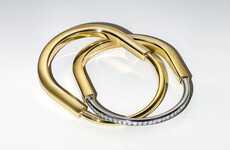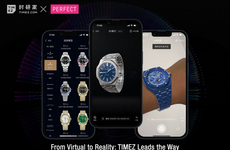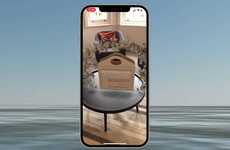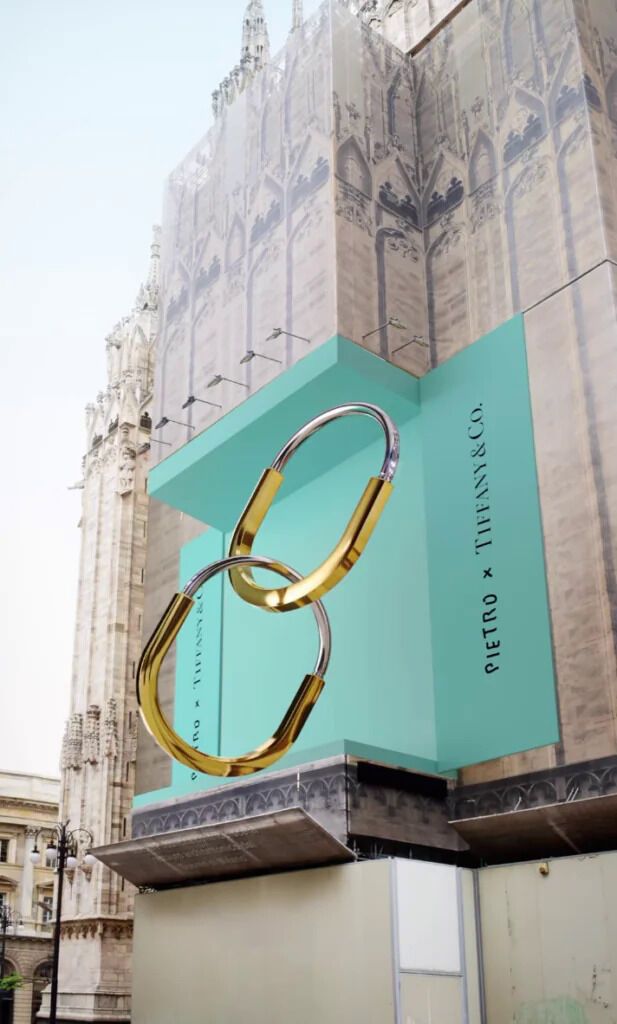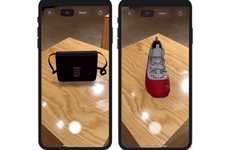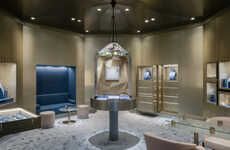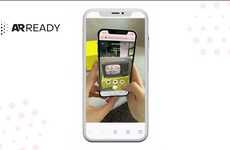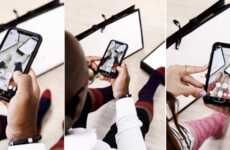
This Tiffany Lock Bracelet Billboard Virtually Unboxes Itself
Laura McQuarrie — April 18, 2023 — Marketing
Tiffany & Co. teamed up with artists to promote the launch of the Tiffany Lock bracelet collection with an augmented reality experience. At Piazza del Duomo (Cathedral Square) in Milan, passersby will see the words "Lock Your Love" with the letter "O" represented by the brand's Lock bracelets.
Earlier this year, Tiffany and Snapchat introduced a lens with ray tracing technology so that users could place a Tiffany Lock bracelet in their environment, and use the technology to virtually try on different styles on their wrists.
With advancements in technology, augmented reality is becoming more accessible to consumers, making it an attractive option for brands and marketers to showcase their products and services in an immersive and interactive way.
Earlier this year, Tiffany and Snapchat introduced a lens with ray tracing technology so that users could place a Tiffany Lock bracelet in their environment, and use the technology to virtually try on different styles on their wrists.
With advancements in technology, augmented reality is becoming more accessible to consumers, making it an attractive option for brands and marketers to showcase their products and services in an immersive and interactive way.
Trend Themes
1. Augmented Reality Advertising - The use of augmented reality experiences to promote products and services, creating a more immersive and interactive ad experience for consumers.
2. Virtual Try-on Technology - The development of technology that allows consumers to virtually try on products before making a purchase, potentially reducing return rates and increasing customer satisfaction.
3. Artistic Collaborations in Marketing - The collaboration between artists and brands to create unique and visually appealing marketing campaigns.
Industry Implications
1. Luxury Goods - Brands in the luxury goods industry can leverage augmented reality and virtual try-on technology to showcase their products in a more engaging and interactive way.
2. Fashion - Fashion retailers can use AR technology to create virtual try-on experiences that allow customers to see how clothes will look before making a purchase.
3. Advertising - The advertising industry can adopt AR technology to create more innovative and engaging ads, potentially increasing consumer engagement and brand awareness.
6.9
Score
Popularity
Activity
Freshness


